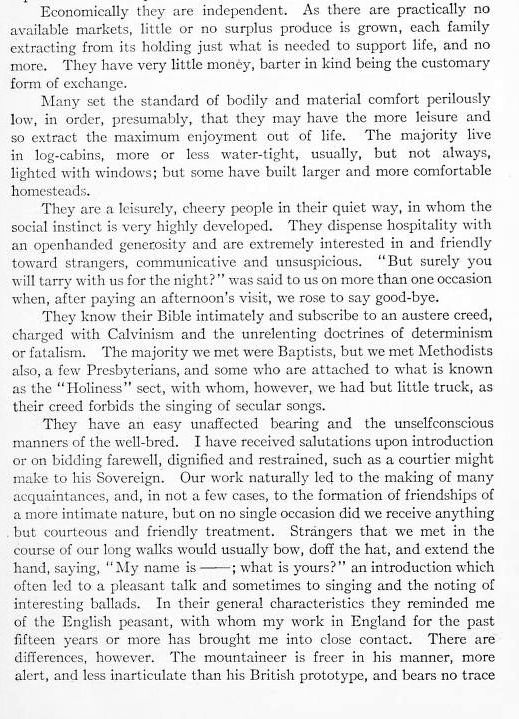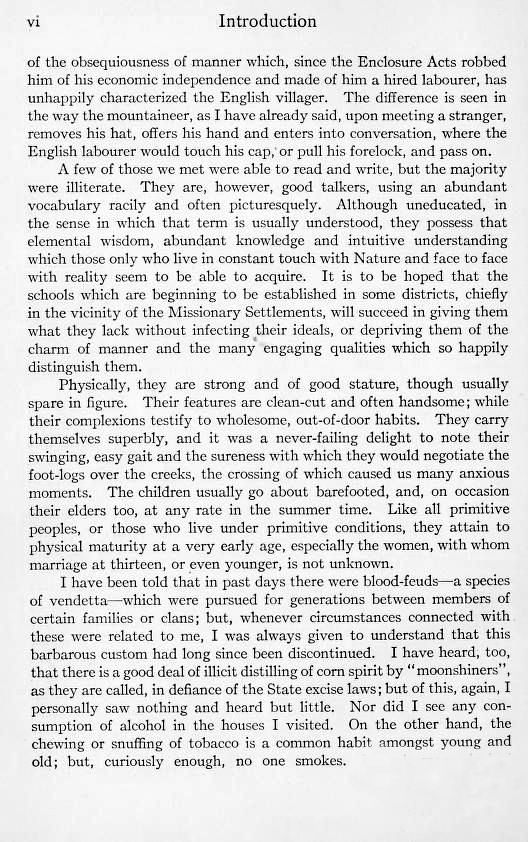Christmas 2016 is just about over, but I thought it worth reposting a piece which I posted in the past, about Christmas customs in the old South, and their connection to our English heritage. So here it is:
The piece below is credited to Col. J.O. Bledsoe of Mableton, Georgia.
Christmas in the Early South
“Many in the tidewater region of the Southern colonies enjoyed enough wealth and leisure to celebrate the ancient holiday of Christmas in grandest fashion. Largely English, French, and German, often aristocratic, and usually unencumbered by the stern moral earnestness that afflicted their Puritan cousins in the North, these first Southerners thoroughly enjoyed Christmas when they could.
For centuries their European ancestors had observed the 14-day-long season of Christmas-tide, which began on Christmas eve and continued through January 6th, the “Twelfth Day” after Christmas called Epiphany. The Christmas spirit sailed across the Atlantic with them and even during the harsh early years, they often managed to celebrate the Yuletide in the New World with traditional English merrymaking: visiting, music, fireworks, cannon shooting, bonfires, feasting, parties, hunts, games, dances and weddings all before an enormous glowing and blazing Yule log. It had been carefully selected and lighting it on Christmas eve signaled the beginning of holiday merriment. “Carefully selected” in this case meant that servants found the largest, most water-soaked log available since tradition held that the merry season of leisure would last as long as the Yule log burned.
Another tradition was to save a small portion to kindle next year’s Christmas log.
In New England, the Puritan fathers looked with grim disdain on Christmas. To them, this holiday was a notorious occasion for celebrations in Catholic Europe, and they thus strictly forbade its observance. Work continued on this day unless it fell on Sunday. “Anybody,” so ran the enactment by the General Court of Massachusetts, “who is found observing by abstinence from labor, feasting, or any other way, any such day as Christmas day, shall pay for every such offence five shillings.” Elders also found it necessary to “Forbid all traffic in plum puddings and the like.” For some reason the plum pudding was viewed as a symbol of the whole evil affair. The settlers of the middle colonies held somewhat less dreary views and were not so much bothered by feelings of religious guilt. Many of them enjoyed Christmas with the merriment of their “old country” traditions.
The wealth of our Christmas customs, however, came from the Southern colonies. As the years went by and colonists there increased in wealth, so did their celebrations increase in elaborateness. By the last half of the 18th century Christmas time had become the social as well as religious season for Southerners. Many Southern settlers during early colonial days considered Christmas primarily a religious festival; and although the religious meaning of the season was never neglected the observances leading up to “Twelfth Night” or Epiphany, which commemorates the visit of the Three Wise Men to the Christ Child, were often the most popular and written-about times of the season, even outshining Christmas Day toward the end of that period all the traditional English merrymaking customs and revelry were widely and heartily observed.
The Christmas tree was soon borrowed from German Moravian and Lutheran colonists; but from the beginning Southerners gathered evergreens such as holly, smilax, pine, cedar, laurels, magnolia, and mistletoe to “deck the halls.” Wreaths were woven and mantelpieces and pictures festooned. Tidewater Christmases were rarely white, but always green. Juniper or incense might have been burned to protect the household from harm. Another aroma of the season came from the kitchen where Christmas cakes and cookies were baked from long-standing “recipes” passed down from mother to daughter. Gifts were exchanged and carols sung; and specially made huge “Christmas candles” illuminated the whole house.
At the center of all the celebrating was “Father Christmas,” from earliest times called “The Lord of Christmas.” In tidewater Carolina, his flowing hair and beard were made of Spanish moss. In one hand he carried mistletoe, in the other a black wand or staff with a silver crook at its top, and with which he delivered his gifts to all. Southerners did not take readily to what they called “the dapper little Manhattan goblin called Santa Claus.” Father Christmas was large and regal, with features bold and expressive, yet gentle. He was, all in all, the emblematic representative of the classic Jupiter, rather than the quick, merry, and elfish figure Santa Claus has come to be.
Christmas tippling was widespread. Servants’ employment contracts stipulated a bonus for Christmas drinking. Slaves had leisure time for dancing and singing around holiday-long bonfires. Usually, new clothes and extra food were furnished them during this season. “Christmas gift” was a cry heard on every plantation as servants claimed their yearly tip. The old English “Boxing Day” custom of bringing “Christmas boxes” to the master to collect gifts had been transplanted to the South and it thrived even though gifts here were less often money than was usual in England.
The main event on Christmas day, of course, was Christmas dinner. It was a board as festive as could be managed, set before a roaring fire. On this much-anticipated, once-a-year occasion, Southern cooking reached the heights of early American quality and quantity.
Traditions in Christmas fare varied from house to house, but a large colonial plantation Christmas feast that required days or weeks to assemble and prepare might include: eggnog, oysters on the half shell, scalloped oysters, clear soup, roast stuffed goose with sauce, baked country ham with mustard sauce, lamb, roast wild turkey with cornbread stuffing, venison, and several other wild game dishes, including, perhaps a grand “Christmas pie.” The recipe for this special treat called for a turkey stuffed with goose and chicken and pigeon and seasonings, with rabbit and quail set around, all inside a heavy crust. There were brown and white breads, Brussels sprouts with chestnuts, turnips and greens, baked sweet potatoes and apples, beans and peas, Mary Randolph’s salad, fig and plum puddings, orange tarts, bourbon pecan cake, fresh fruit, walnuts and pecans, cider, Port wine, and syllabub.
Christmas was also celebrated with the Wassail bowl, another English tradition familiar to all of us because of the popular verses in the old carol “Here We Come A Wassailing.” Wassail, or wes hael (be whole) in Anglo-Saxon, was a toast or greeting which is associated with celebrations of Christmas and New Years from the earliest days. According to tradition, the head of the household invited his family to gather around the bowl of hot spiced ale with roasted apples floating on it. After drinking to their health and prosperity in the coming year, the bowl was passed around to each member of the family who returned toasts to joy and happiness for all. Gradually, this ale became known as wassail; and the Wassail bowl, usually decorated with garlands of greenery, particularly holly, was a popular custom in America from the beginning. Eggnog was widely substituted for spiced ale in the colonies by the time of the Revolution.
There was much drinking of these and other cheering and warming potions at the homes of friends and neighbors over the holidays.
Our observances of Christmas represent a rich mosaic of customs based on the winter festivals of many ancient cultures merged with Christian tradition. The lion’s share of the credit for preserving and enhancing
this universal holiday in America, like so many of the other good things in our unique cultural inheritance belongs to the traditional Old South.”





